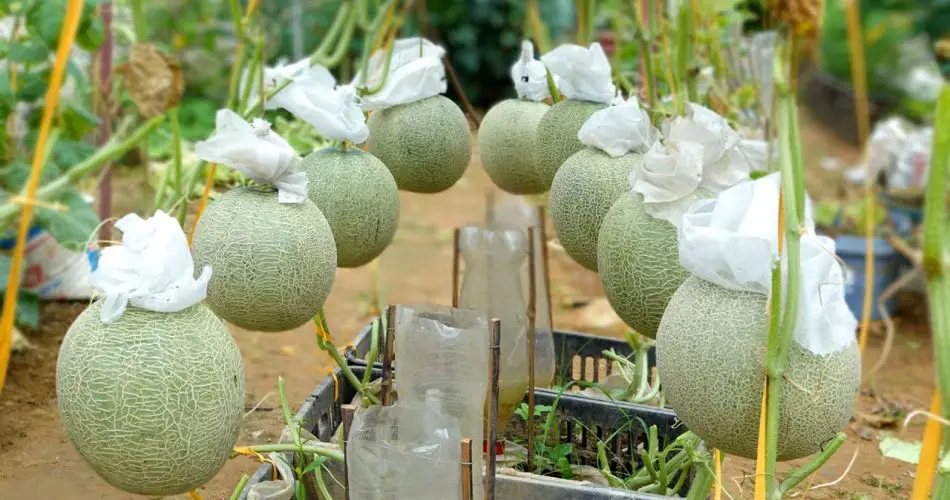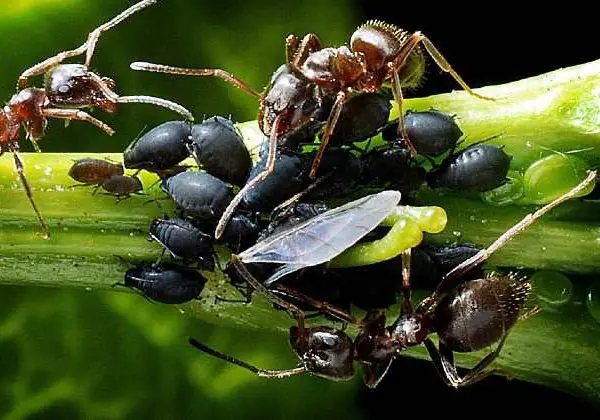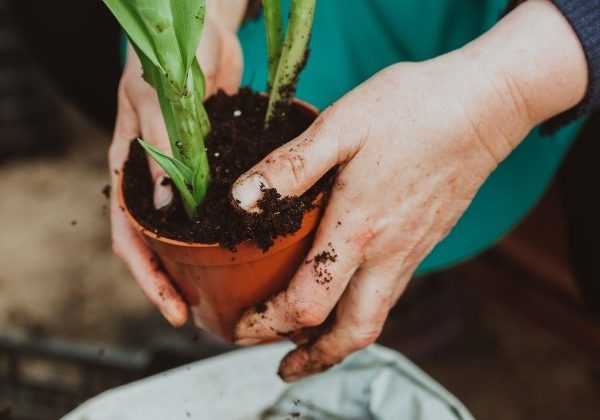From Seed to Sweetness: A Comprehensive Guide to Growing High-Yield Cantaloupe at Home
Introduction: The allure of homegrown cantaloupe lies not only in its sweet, juicy flavor but also in the satisfaction of cultivating this luscious fruit right in your backyard. In this comprehensive guide, we’ll take you through the A to Z of growing cantaloupe at home, promising a high yield, large fruits, and an irresistible sweetness that will have you reaching for seconds.
- Selecting Quality Cantaloupe Seeds: The journey begins with choosing quality cantaloupe seeds. Opt for reputable seed sources or consider saving seeds from a ripe, flavorful cantaloupe you’ve enjoyed.
- Germinating Cantaloupe Seeds: Start your cantaloupe seeds indoors about 2-4 weeks before the last expected frost date in your area. Use seed trays or individual pots, and provide warmth and ample sunlight for successful germination.
- Transplanting Seedlings: Once your cantaloupe seedlings have developed a couple of true leaves, transplant them into larger containers or directly into well-prepared garden soil. Ensure proper spacing between plants to allow for their sprawling growth habit.
- Choosing the Right Location: Cantaloupes thrive in full sunlight, so select a planting site that receives at least 6-8 hours of direct sunlight each day. Ensure the soil is well-draining and rich in organic matter.
- Providing Adequate Support: Cantaloupe vines can become heavy with fruit, so providing support is essential. Use trellises, cages, or slings to lift and support the developing fruits, preventing them from touching the ground.
- Watering Consistently: Cantaloupes require consistent moisture, especially during flowering and fruit development. Avoid overwatering, but ensure the soil stays consistently moist. Drip irrigation is a recommended method to deliver water directly to the base of the plants.
- Fertilizing Cantaloupe Plants: Feed your cantaloupe plants with a balanced fertilizer, rich in potassium and phosphorus. Apply fertilizer according to the recommended dosage on the packaging, and consider side-dressing with compost as the plants grow.
- Pruning for Enhanced Yield: Pruning cantaloupe plants involves removing excess foliage and lateral shoots, directing energy towards fruit development. Prune sparingly, focusing on maintaining good air circulation and visibility for developing fruits.
- Pollination Process: Cantaloupes require pollination for fruit set. Encourage pollinators like bees to visit your garden, or consider hand-pollination by transferring pollen between male and female flowers using a small brush.
- Harvesting at Peak Ripeness: Cantaloupes are ready to harvest when the stem easily detaches from the fruit with a gentle twist. The skin color should change to a golden hue, and the fruit should have a sweet aroma. Harvesting at peak ripeness ensures the best flavor and sweetness.
Conclusion: Growing cantaloupe at home is a rewarding journey that culminates in the sweet satisfaction of harvesting and enjoying your own fruits. By following these steps, from selecting quality seeds to providing proper care and harvesting at the right time, you’ll soon be relishing in the delights of high-yield cantaloupes with big, sweet fruits. Happy growing and even happier harvesting!



